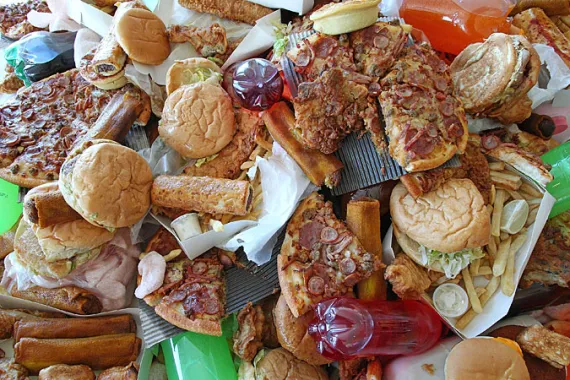By Dr. Tedros Adhanom Ghebreyesus and Tom Frieden
Cookies, pizza, cake. These
delicious treats often contain a hidden danger: industrially produced trans-fat,
which kills nearly 300,000 people annually from coronary heart disease.
Invented in the early 20th
century as a butter substitute and later used to extend the shelf life of food
products, Tran’s fat is highly hazardous to health, with no safe consumption
level. Fortunately, it can be easily replaced with healthier alternatives
without affecting taste or cost, potentially saving hundreds of thousands of
lives each year.
Six years ago, the World Health
Organization (WHO) called on countries and the food sector to eliminate
industrially produced trans-fat globally. At that time, fewer than one in ten
people were protected from this toxic chemical.
A new WHO report details
significant progress: 53 countries, covering nearly four billion people, now
implement WHO-recommended best practice policies, including bans or limits on trans-fat.
This removes a major health risk for almost half of the world's population.
Countries like Denmark, Lithuania, Poland, Saudi Arabia, and Thailand have been
recognized for their efforts, which include robust monitoring and enforcement
frameworks.
Despite this progress, over
four billion people remain unprotected. Most trans-fat-related deaths are
concentrated in eight countries, mainly in Africa and the Asia Pacific.
Implementing best practice policies in these regions could prevent 90 percent
of global deaths associated with trans-fat.
As trans-fat restrictions
increase, there is a risk that food manufacturers will dump banned products
into unregulated markets. However, countries can protect their populations by
implementing regulations, even if current trans-fat levels are low. This is a
cost-effective way to combat non-communicable diseases and save lives. Studies
from Argentina, Kenya, Nigeria, the UK, the US, and the European Union
demonstrate that industrially produced trans fats can be eliminated and
replaced with healthier fats or oils without altering the cost, taste, or
availability of food.
Countries with best practice
policies can support others by sharing their experiences. Food manufacturers,
particularly large conglomerates, have a responsibility to invest in healthier
replacements. Global advocates must continue pushing for total trans-fat
elimination through WHO-recommended policies.
To achieve a trans-fat-free
world, three actions are necessary:
1. Governments must limit or
ban trans-fat in all foods. This includes a national limit of 2 grams of
industrially produced trans-fat per 100 grams of total fat in all foods and a
mandatory ban on partially hydrogenated oils.
2. Governments must ensure
these limits and bans are monitored and enforced. The WHO’s Trans Fat Free
Validation Programme recognizes countries' efforts, encouraging compliance
similar to malaria or neglected tropical disease eradication validations.
3. The food industry must implement
WHO recommendations. Tran’s fat should be replaced with healthier alternatives,
and companies should agree not to sell products containing trans-fat in
unregulated markets. Several large manufacturers have already taken steps in
this direction.
The global elimination of
industrially produced trans-fat represents the first mobilized effort to remove
a dietary risk factor for heart disease completely. We know what to do, how to
do it, and that it works. As the world progresses, it’s time for leaders to
finish the job and protect their people from this toxic food additive.


Post a Comment